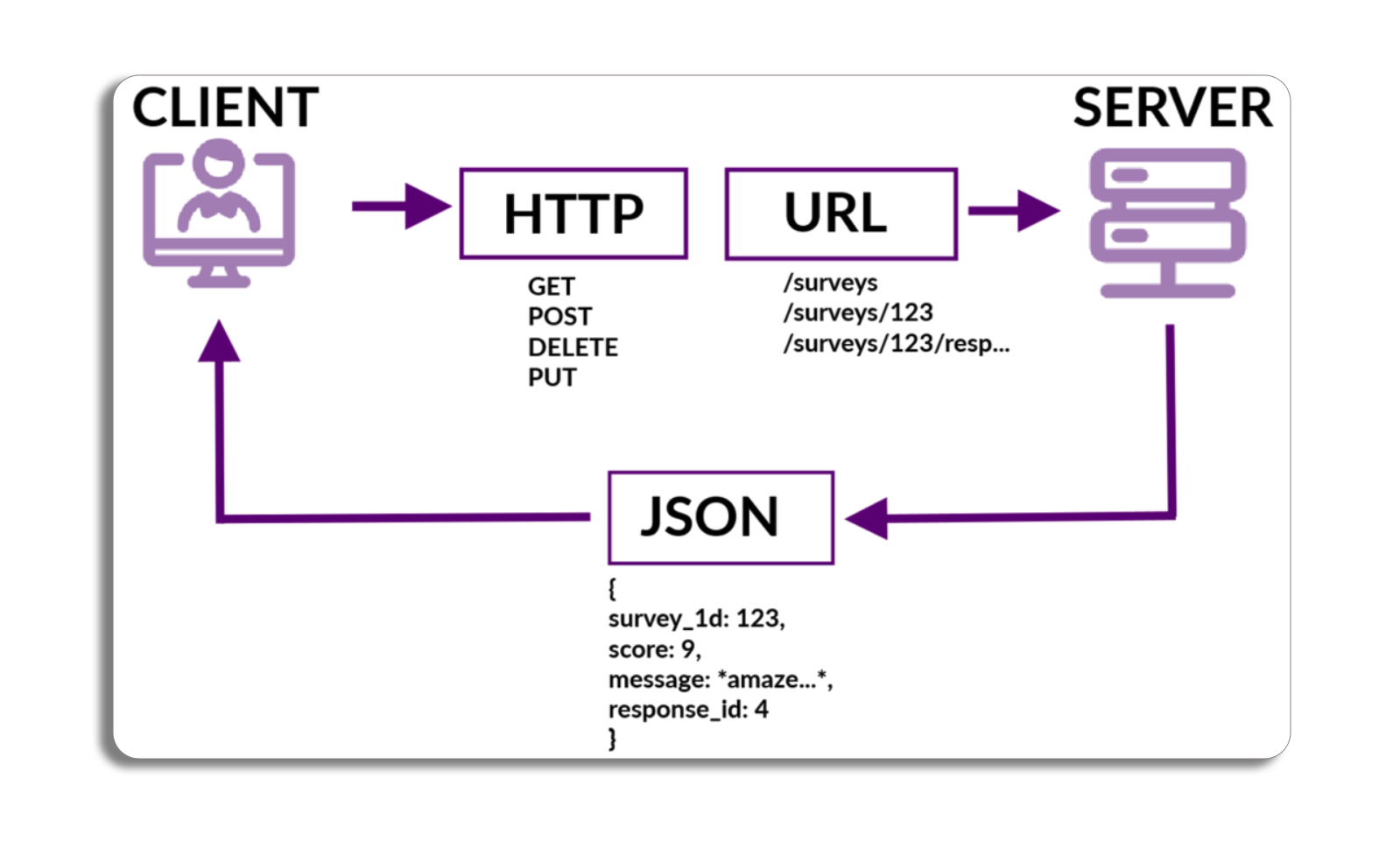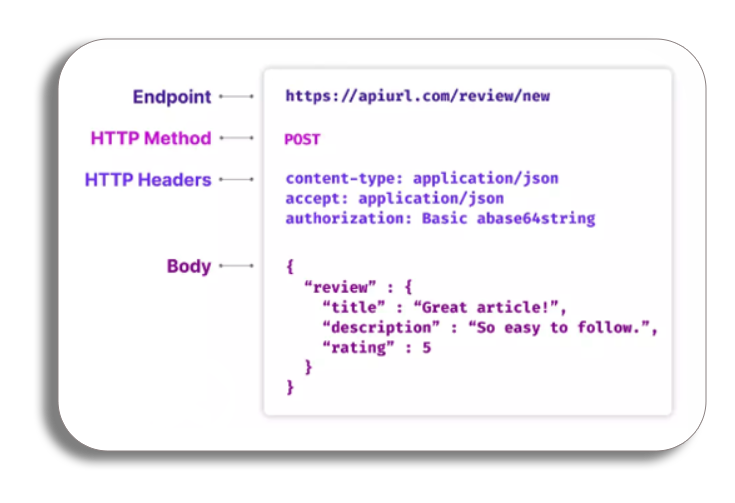Developers portal
Introduction
Esendex is about making our APIs accessible and making sending and receiving messaging easy. on this page, we will go through a brief introduction to APIs but to learn more about our APIs please visit the Developer Portal.
Please watch the video below for an overview of the developer portal.
What is an API?
An API, or Application Programming Interface, connects your application to other services or data sources. When you make an API call, you request data, the API fetches it, and then sends you a response. To do this, you simply need to use an HTTP method to make your request.
Think about when you order food at a restaurant. You tell the waiter what you want, they put your order to the chef, and then the waiter returns with your food. An API call works the same way.

APIs serve two primary purposes:
- Rule Establishment: APIs explain how to interact with them. They set the rules for developers.
- Data Transfer: They transfer data between your application and the server efficiently. This ensures you receive the data you need.
API Endpoint
An API endpoint is a specific URL that lets you access a resource on the server. It is the communication point between an API client and an API server, where requests come in and responses go out.

Each endpoint is comprised of:
- An endpoint URL
- Base URL -this remains fixed e.g.
https://conversations.esendex.co.uk - the endpoint path – this is where you can add configurable parameters which affect the response, acting as filters for your search
- Base URL -this remains fixed e.g.
- An HTTP method
- Headers
- A body

Rest API
Our APIs use a REST (Representational State Transfer) structure, also known as a RESTful API. This means they work online. When you make a request to a REST API, you get all the data that is available from it.
Cheat sheet
Before you get started, here are a few API terms you should know:
| Term | Definition |
|---|---|
| API key | A unique passcode of letters and numbers that grants access to an API |
| Endpoint | The digital location/path where an API receives requests about its resources |
| Request method | Uses HTTP methods (GET, POST, PUT, DELETE) to tell the API what you want it to do |
| API call | Process of a client (your computer) making an API request to a server |
| Status code | A number code that appears in the body of an API response that tells you if your request was successful or not |
| API server | Authenticates and processes API requests before delivering an appropriate response |
| API response | A response generated by the API server and returned to the client (your computer) |
If you want to learn more about APIs please access our Developer Portal.